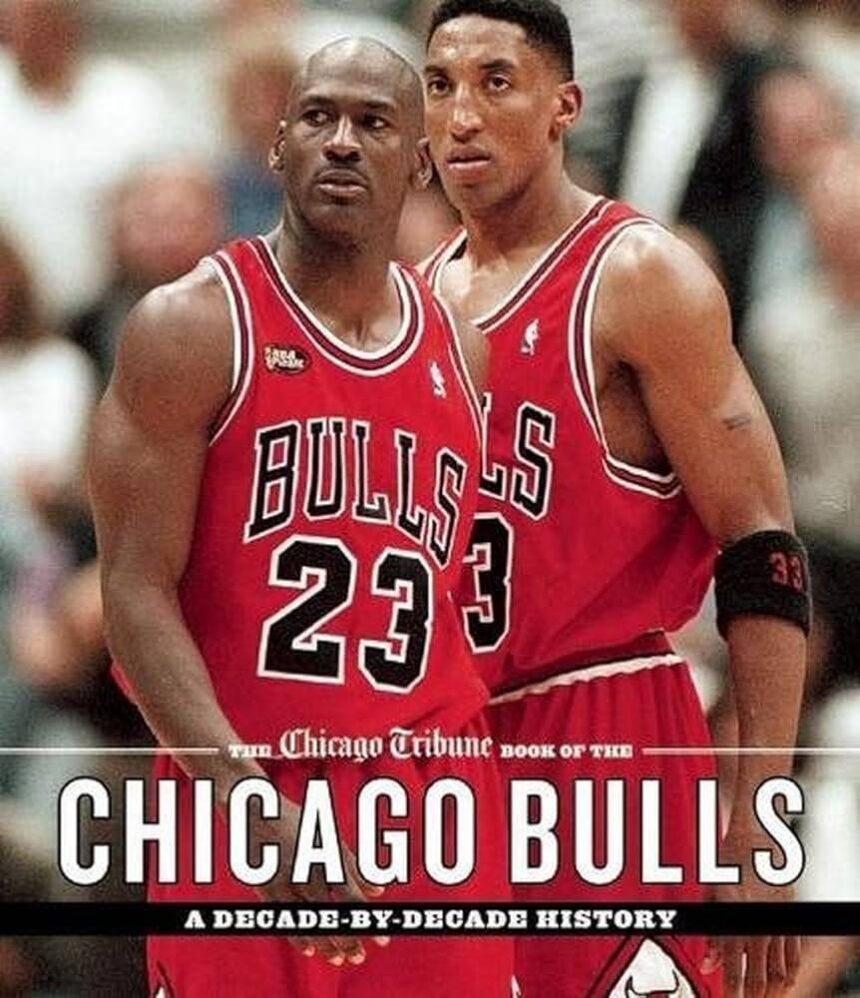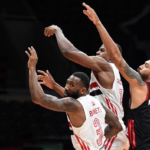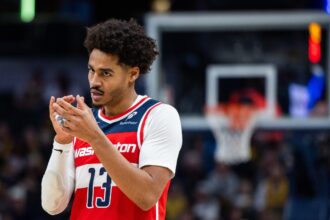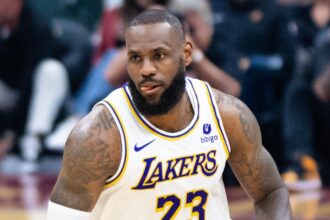The Chicago Bulls enter the upcoming NBA season much as they left the last-without significant roster changes to shake up the franchise. Following a quiet offseason marked by limited player movement and no blockbuster acquisitions, the Bulls find themselves in a familiar position, relying heavily on their core group to improve upon last year’s performance. As the team prepares for training camp, questions remain about whether continuity will translate into progress or if the lack of major additions will hinder their playoff aspirations.
Chicago Bulls Face Uncertainty Amid Quiet Offseason Moves
The Chicago Bulls have concluded the offseason without any headline-grabbing moves, leaving fans and analysts to ponder the team’s direction heading into the new campaign. Despite a roster rich in young talent and potential, the front office has refrained from making significant trades or high-profile signings, opting instead to maintain continuity. This conservative approach has raised questions about whether the Bulls are banking on internal development or simply lacking the assets and cap flexibility to make impactful changes.
Key observations from the Bulls’ quiet offseason include:
- Retention of Core Players: The team secured contract extensions for several promising young athletes, emphasizing long-term growth.
- Limited Free Agency Activity: No marquee free agents were added, signaling a wait-and-see stance amid an uncertain market.
- Focus on Draft and Development: The Bulls invested resources into scouting and training with hopes that their next draft picks will fill critical gaps.
| Category | Player Moves | Implications |
|---|---|---|
| Signings | 2 Role Players | Depth Added, No Star Power |
| Trades | None | Stability Maintained |
| Draft Picks | 1 Second Rounder | Potential Future Asset |
Evaluating the Impact of No Major Acquisitions on Team Dynamics
Maintaining the status quo this offseason, the Bulls’ roster stability could foster stronger on-court chemistry, given that players are already familiar with each other’s tendencies. Without the distraction or adjustment period that often accompanies major additions, the team’s cohesion can be expected to remain intact, allowing returning players to delve deeper into strategic playbooks and focus on execution. However, this stability comes with the challenge of avoiding complacency, as the lack of fresh talent or competition in key roles might limit the internal drive necessary for improvement.
Key factors influencing team dynamics include:
- Established leadership roles encouraging accountability
- Continuity in coaching strategies and communication
- Potential stagnation due to lack of new skill sets
- Enhanced understanding of teammates’ strengths and weaknesses
| Aspect | Potential Outcome |
|---|---|
| Team Chemistry | Strengthened through familiarity |
| Motivation | Risk of complacency grows |
| Adaptability | Reduced without new influences |
| Leadership Stability | Remains constant |
Strategic Recommendations for Building a Competitive Roster Moving Forward
For the Chicago Bulls to pivot from a stagnant offseason, a sharper focus on talent development and strategic asset management is imperative. With limited cap space and no marquee signings, the front office must leverage internal growth opportunities and explore undervalued players via trade or free agency. Prioritizing the nurturing of young core contributors, coupled with savvy mid-tier acquisitions, can lay a foundation for sustainable competitiveness without overhauling the roster.
Key strategic moves should include:
- Maximizing player development through enhanced coaching and personalized growth plans for emerging talents like Ayo Dosunmu and Patrick Williams.
- Targeted trades focusing on acquiring versatile role players who fit the team’s defensive identity and spacing needs.
- Smart financial planning to maintain flexibility for potential mid-season moves or future free agency windows.
| Focus Area | Short-Term Benefit | Long-Term Impact |
|---|---|---|
| Player Development | Improved on-court chemistry | Core talent maturation |
| Role Player Acquisition | Enhanced bench depth | Roster flexibility |
| Financial Flexibility | Ability to execute trades | Cap space for star additions |
Concluding Remarks
As the Chicago Bulls head into the new NBA season without any significant roster changes, questions remain about their ability to break past previous hurdles. The quiet offseason leaves the team reliant on internal development and existing talent to make an impact. Fans and analysts alike will be watching closely to see if the Bulls can turn familiarity into progress or if another stagnant campaign awaits.














